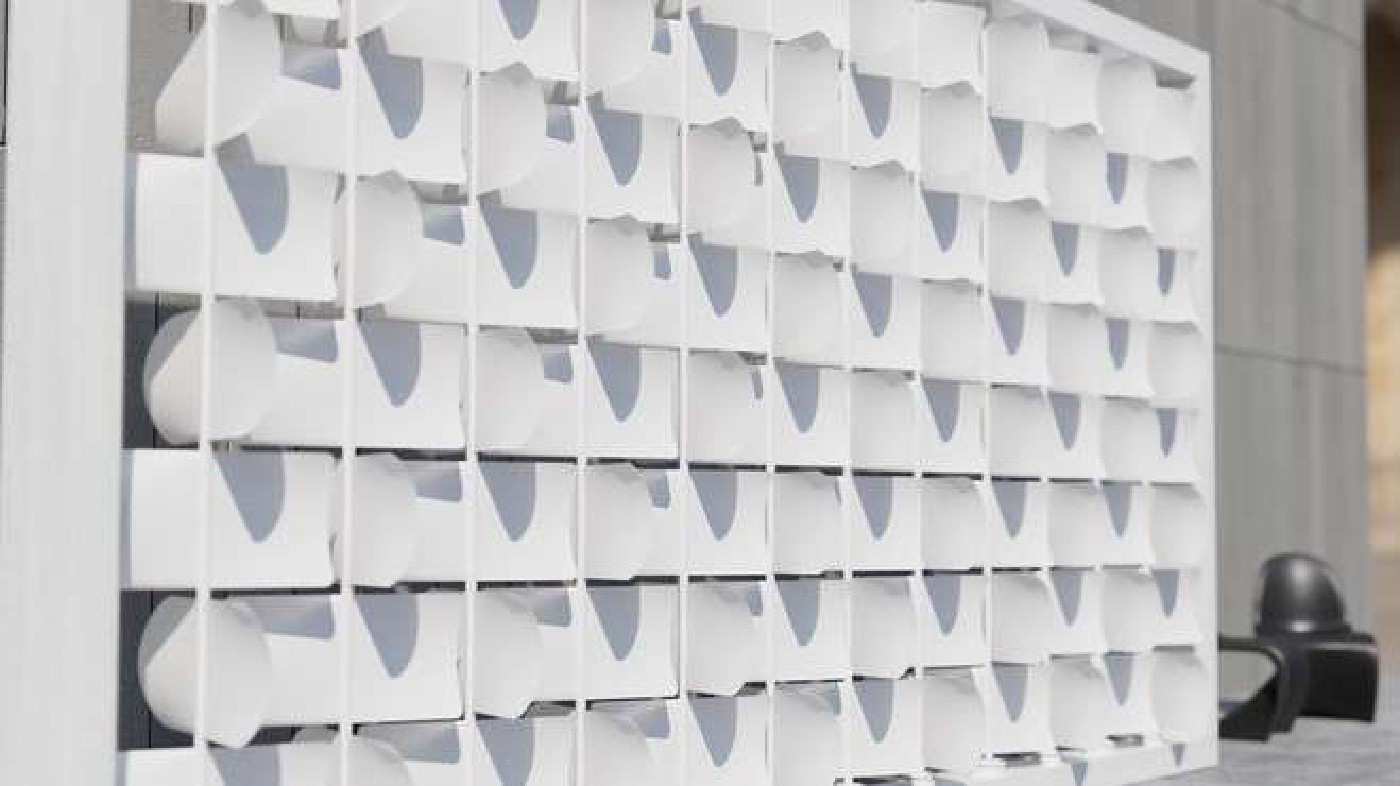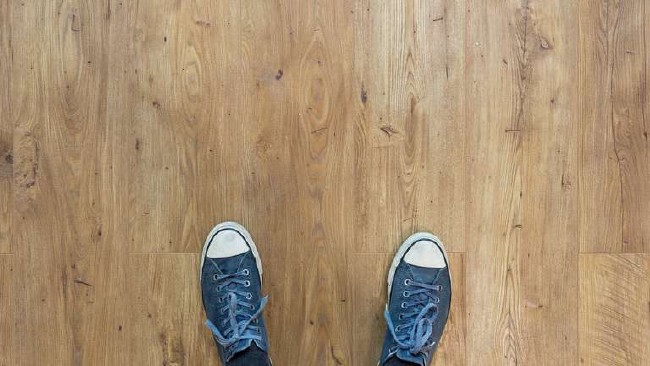American entrepreneur designs a wind-powered wall
American designer and entrepreneur Joe Doucet created a concept of a wind turbine that fits into a wall.
This “kinetic wall” comprises an array of rotary blades that spin individually, driving a mini generator that creates electricity. The electricity can then power the building to which the wall belongs or go back into the national grid, generating a new revenue stream for the owner.
However, this device is not only aesthetically pleasing. Indeed, one wall is enough to cover the energy needs of an average American home. Moreover, deploying such walls along roads and highways would be highly effective, as they would benefit from the natural wind and the one generated by the trucks and cars passing by.
Joe is currently working with several manufacturers to help him develop and commercialize this exciting product.
Why does it matter? Wind energy plays a significant part in reducing the world’s dependency on fossil fuels. However, wind turbines for homes have encountered very slow uptake due, in part, to their intrusive physicality. As a result, wind turbines flourish mainly offshore, where nobody can see them. This situation leads to wasting potential energy sources in cities prone to strong winds, such as Wellington (New Zealand), Perth (Australia), Chicago or Boston (USA).
Joe’s kinetic wall can be a gamechanger in these urban areas by covering all their energy needs.
Related Posts
Japan wants to harness the energy of super typhoons to reach climate goals
The Japanese “Typoonshot” project aims to mitigate typhoon-related risks and harness their energy to help the country reach zero carbon emissions by 2050.
Waterlight is changing lives in coastal communities
In Colombia, Wunderman Thompson and the startup E-Dina collaborated on WaterLight, a device that can transform half a litre of salt water into 45 days of light.
What if dancing in your living room could lower your electricity bill?
Researchers from ETH Zürich and the Swiss Federal Laboratories for Materials Science and Technology Dübendorf have developed a device embedded in the floor that produces enough energy to power LED light bulbs and small electronics when someone walks on it.



